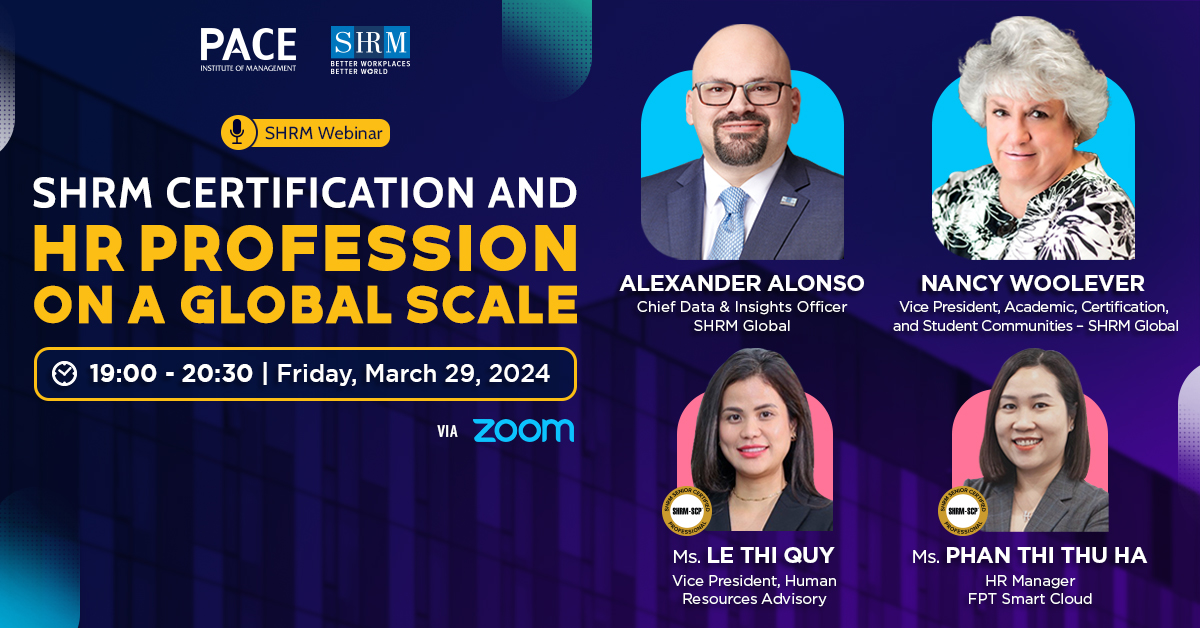HOW TO FOSTER INCLUSION AND FIGHT BURNOUT
Nearly half of employees said they are dealing with burnout—often attributed to stress and overwork but low feelings of inclusion in the workplace may also be to blame.
Workers who are more burned out often feel less included at work, according to a study of 11,000 workers in eight countries Australia, Canada, France, Germany, India, Japan, the U.K., and the U.S. released by Boston Consulting Group (BCG) in 2024.
“Inclusion in the workplace means that employees feel valued, respected, supported, and like they belong,” said Gabrielle Novacek, managing director and partner at BCG. “Our research found that employees in more inclusive workplaces have improved happiness, well-being, and motivation, which translates to positive business outcomes like increased productivity. Conversely, less-inclusive workplaces see more burnout and more attrition.”
The research showed that fostering inclusion should be part of the solution to reducing burnout at work.
“The data shows that whether or not a person feels like they are part of a team or can bring their best self to work also contributes to feelings of burnout,” Novacek said. “That makes intuitive sense—if you don’t feel like you fit in or if you don’t get along with co-workers, that creates stress.”
Joe Grasso, vice president of workforce transformation at Lyra Health, a provider of mental health benefits, said that the correlation between burnout and inclusion is not surprising “given what we know about the causes of burnout, which often have to do with social and interpersonal elements of work.”
Grasso said feeling included is connected to an employee’s work being recognized and valued, as well as their participation in deciding the scope of their work and how it gets done.
“Then there’s the social belonging piece—how they are included in social activities and attempts to build community and connection in the workplace,” he said.
BCG listed four areas that have the greatest impact on employees’ overall sense of inclusion:
+ Having access to resources.
+ Having managerial support.
+ Feeling psychological safety with one’s direct manager.
+ Feeling that there is a fair and equal opportunity for success.
“Organizations can focus their attention on these four areas to diagnose where they may be falling short in their efforts to meet employees’ needs,” Novacek said.
Access to Resources
Employers should seek to understand the resources that enable productivity and long-term success at work and find ways to ensure, where possible, that workers’ needs are met.
“If people have what they need, they can show up every day and feel supported,” Novacek said.
BCG gave the example of cosmetics company Shiseido seeking to address the needs of employees who are also caregivers. The company designed a portfolio of benefits including flexible daily working hours, a shift coverage pool, reduced hours during early-childhood caregiving years, extended family care leave of up to three years, and support for nursing care.
“Some resources, such as flexible scheduling, learning and development opportunities, and mentorship programs, exist within core business operations,” Novacek said. “And some employer offerings might be less traditional—for example, providing access to employer-sponsored short-term loans that an employee can access in times of crisis.”
Managerial Support
Feeling like your manager has your back is also foundational to fostering inclusion at work, Novacek said.
“Front-line managers play a big role in creating a workplace environment where everyone can thrive,” she said. “Being supported also means feeling valued and respected, both of which are core elements of our definition of inclusion.”
But are managers equipped to draw the best from everybody on their team? Are they getting the training and coaching they need to be able to adapt to different learning and communication styles and practice empathy when someone is struggling?
“Foster leaders who understand the value of supportive and enriching environments,” Novacek said. “The best team leaders don’t just manage their team’s work progress. They coach, engage, encourage collaboration, create productive team environments, and facilitate 360-degree communications.”
What can make inclusion harder to achieve are challenges with navigating differences in the workplace—whether that’s generational, working style, or personality differences, Grasso said.
“Emotional intelligence and empathy building are necessary skills for helping people understand one another and work together in ways that are more informed by how to bridge differences,” he said.
Grasso provided the following tips for managers engaging with their team:
+ Lean in with curiosity and be free of judgment.
+ Learn how to provide and receive feedback.
+ Be empathetic about people’s differences and accommodating to the ways people participate in the workplace.
Psychological Safety
The research showed that when employees feel psychologically safe with their managers, their feelings of inclusion improve, as well.
“Managers need to create a space where someone can raise questions and concerns and be their authentic selves,” Novacek said. “If you have to hide your identity when you’re at work or are afraid to express your opinion, that can lead to burnout. In an environment where people feel secure and confident expressing their thoughts and ideas—even disagreeing with their manager—employee development and business innovation are buoyed.”
Novacek added that organizations should ensure that safeguards are in place against psychological safety violations and establish a method for employees to raise concerns.
Equity
The BCG survey also found that equity—the feeling that everyone has a fair and equal opportunity for success—is another tool to fight burnout and exclusion. Equity is not just about an environment free of discrimination—it’s about seeing that people who represent a diversity of backgrounds, identities, experiences, and ways of thinking can succeed in the organization, Novacek said.
She recommended employers practice ongoing vigilance to investigate biases, inequities, and outcomes, regardless of whether it’s part of a formal program. “If certain people are not set up to be successful in the organization, that is a real waste of talent,” she said.
BCG gave the example of financial giant Capital One, which provides a fair and equal chance for career development through its associate mobility program that gives employees access to senior managerial support. Associates in the program are paired with leaders for direct mentorship and coaching and receive six months of training to gain the skills needed to transfer to other roles internally. The initiative ensures that employees across all role categories have a fair chance at advancing within the company.
Acts of Kindness
Kira Schabram, assistant professor of management at the Foster School of Business at the University of Washington in Seattle and an Academy of Management scholar, said that while responsibility for preventing employee burnout lies with employers, recovering from burnout is most successfully driven by the alienated employee.










